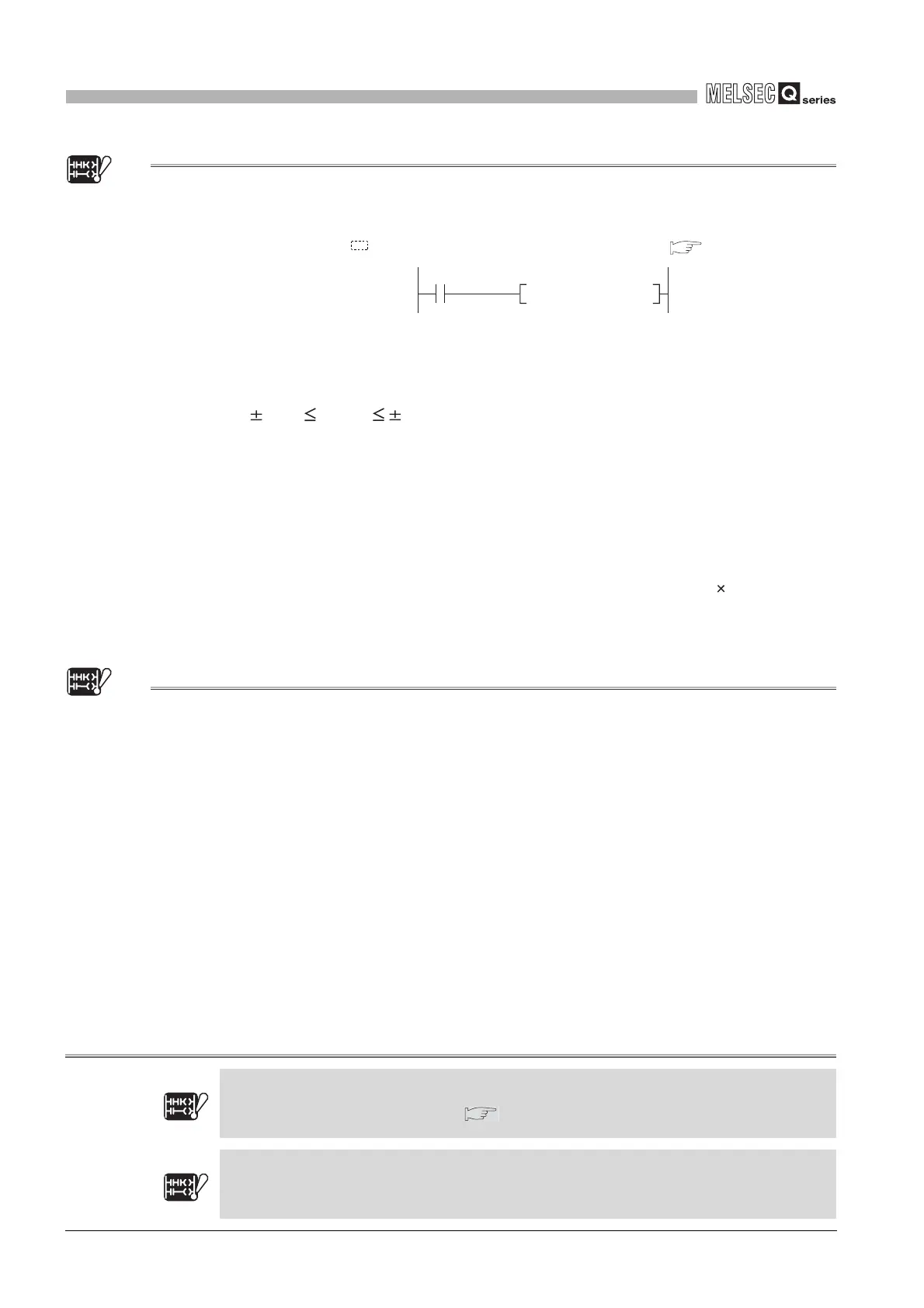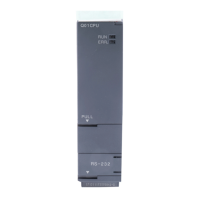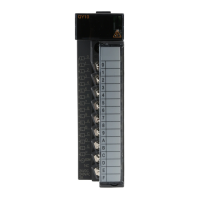9
- 97
9.12 Constants
9.12.3 Real number (E)
9
DEVICE EXPLANATION
9.12.3 Real number (E)Note22
(1) Definition
Real numbers are devices which designate real numbers in the sequence program.
Specify it as E (example: K1234) in a sequence program.( Section 3.9.4)
(2) Designation range
The setting ranges for real numbers are as follows:
2
-126
Device 2
128
(Except -0)
(3) Designation method
Real numbers can be designated in sequence programs by a "normal expression" or
an "exponential expression".
• Normal expression •••••••••••••••The specified value is designated as it is.
For example, 10.2345 becomes E10.2345.
• Exponential expression •••••••••The specified value is multiplied by a " 10
n
" exponent.
For example, 1234 becomes E1.234 + 3.
*1
* 1 : + 3 in E1.234 + 3 indicates 10
3
.
9.12.4 Character string (" ")Note23
(1) Definition
Character string constants are devices used to designate character strings in
sequence programs.
They are designated by quotation marks (e.g. "ABCD1234").
(2) Usable characters
All ASCII code characters can be used in character strings.
The QCPU is sensitive to uppercase and lowercase characters.
(3) Number of designated characters
Character strings extend from the designated character to the NUL code (00
H
).
You can use up to 32 characters for a character string in an instruction such as $MOV.
Note22
Diagram 9.89 Specifying the real number
Note23
Note9.22
Basic
When using the real number operation function for the Basic model QCPU, check the versions of
the CPU module and GX Developer. ( Appendix 3.1)
Note9.22
Basic
X1
E1.234 D0EMOVP
Note9.23
Basic
The Basic model QCPU can use character strings for only the $MOV, STR, DSTR, VAL, DVAL,
ESTR and EVAL instructions.
Note9.23
Basic

